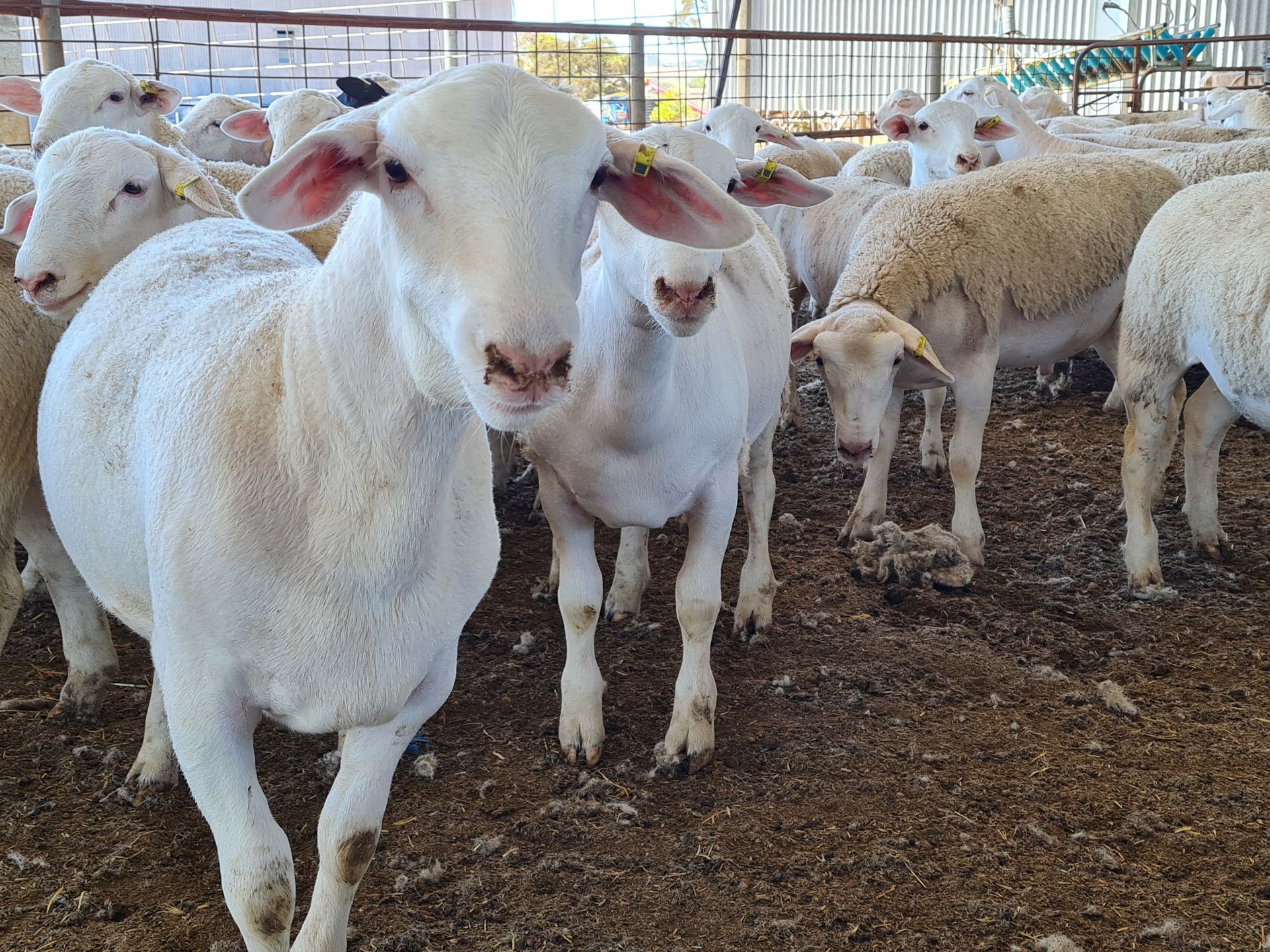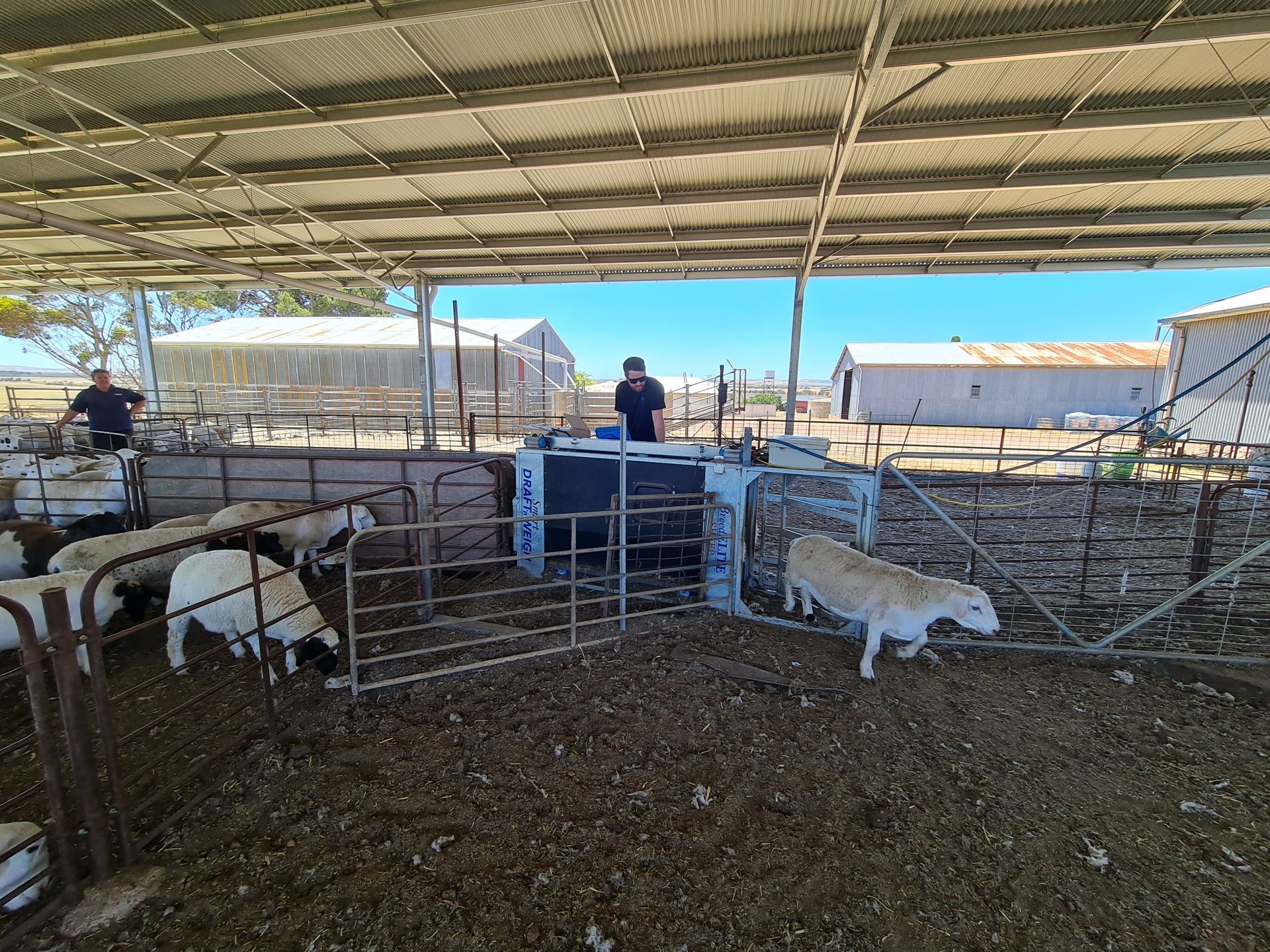The Australian company revolutionising data-driven sheep breeding
A ground-breaking sheep technology system is bettering the businesses and lives of Australian sheep breeders thanks to a revolutionary combination of software, hardware, and support never before combined into one cohesive unit.

Game-changing overarching integration is allowing sheep breeders to wholly adopt sophisticated data management systems within their farming operations without the headaches and clunkiness that many others face.
Combining software, hardware, electronic tags (EID), data support, and optional Australian Sheep Breeding Values (ASBV) data within a singular unit was once considered unimaginable.
Not anymore thanks to BreedELITE who is enabling breeders to turn data into dollars via their disruptive sheep breeding system that allows focus on what really matters.
The Australian-owned company has managed to replace what used to require six to ten different companies’ products with one simple robust system backed by real-time industry-leading support.
The result allows breeders to remain focused on breeding and making decisions rather than overcoming technical issues and having data always out of reach, letting them achieve their goals while saving time, effort, and energy in the process.
Equally impressive is the by-product of an occupational environment that’s bringing farming families closer together while, given notable improvements in farmer lifestyle, simultaneously inspiring the next generation to continue their parents’ legacy.
And, with the Victorian Government already making EID compulsory for sheep breeders, with other states following soon, BreedELITE’s undeniable innovation is certainly timely.
The revolution begins
BreedELITE’s pioneering journey started in 1999 when co-founder Greg Johnsson set out to track the value of modern genetic selection methods after approaching a group of commercial sheep farmers on Kangaroo Island off the coast of South Australia.
The collection of high-quality data relating to the sheep’s objective measurement, mating, lambing, and visual performance was paramount prompting Greg to study the market for suitable software.
Hitting roadblocks at every turn, Greg was unable to find such a program that not only collected data but also allowed elite decision making and animal comparison.
So, he developed his own.
Fast-forward 23 years and this family-owned and run company is changing the industry via their BreedELITE Sheep System as the need for sheep genetic selection and objective measurement reigns supreme.
“Dad was so determined to empower the way people approached sheep breeding that he wrote the code that can now record over 800 pieces of data per sheep,” says Greg’s son and BreedELITE CEO and co-founder Tim Johnsson.
“Our software is the key tool underpinning any operation by recording data straight from the hardware and presenting that data in a way that allows for easy and powerful decision-making.”
Turning data into dollars
Up until 2015, BreedELITE’s main focus was continuing to improve their recording software for the small group on Kangaroo Island, during which it inadvertently became the most capable program on the market.
Releasing to the market later that year, their clients’ notable gains from using the software were soon being thwarted by the absence of integrated technology.
“Breeders need to focus on breeding sheep and making great decisions, it’s what their specialty is, not wasting time forcing bits and pieces of technology together or trolling through session files and excel lists,” says Tim.
So, in 2015, BreedELITE identified the debilitating concerns of hundreds of stud and commercial breeders across Australia to create a list of needs for creating a unified solution.
The ultimate goal was for breeders to achieve production and efficiency goals faster than ever before by combining the three pillars needed for technology success: Software, hardware and support.
Two and-a-half years later the result was a seamless plug-and-play system connecting capability and adaptability via easy-to-use data-collecting analytics technology helping breeders thrive.
“You can’t guess your way to success and our system enables our clients to have the confidence and clarity in every decision they are making,” says Tim.
“Empowered decisions make good businesses and if something is easy to do, you’ll likely do more of it.”
Total integration
The BreedELITE Sheep System is a fully integrated data management, technology, and hardware system supporting every data collection need breeders have allowing for the real-time implementation of high-quality decisions.
The unit comprises pedigree and performance recording Software, a rugged computer, stick reader, fleece weighing equipment, tags, auto drafter, support, and training, all of which work seamlessly and can be purchased separately depending on operational requirements.
The expandable grow-with-you system incorporates EID technologies catering from beginners to the most advanced producers in the industry.
Tim says his focus is on making the hardware as rugged, reliable, and durable as possible, while frequent software updates ensure breeders remain at the forefront of industry dynamics.
And, with BreedELITE’s support staff available to guide users on the job in real time or through industry leading training, Tim says the system is as nurturing as it is revolutionary.
“Our software and hardware design criteria and standards have defined the optimum outcome to meet the needs of sheep breeders in implementing EID technologies quickly and cost-effectively,” he says.
“So often, Australian farmers are fearful of digital technologies so stay behind and others are living a clunky nightmarey. I believe we have created a system that can be a sheep breeder’s best friend, not their worst enemy.”
Real success
A lot of sheep breeders will tell you the hardest part of their job is not just getting to but staying at the top of their game.
Remaining successful takes innovative thinking, technology, and advanced breeding techniques.
Fifth-generation breeder and Roseville Park Merino Stud owner Matthew Coddington says BreedELITE changed his business and his family’s life for the better.
“By using BreedELITE’s easy-to-use system we can tailor our rams to do any job our clients want in meeting their breeding objectives to increase their productivity and profitability,” he says.
“Before investing in BreedELITE we spent a fortune on two previous systems that didn’t get used because no one knew how to use them. They’re still sitting there.”
Tim’s wife Cherie, who runs the farm’s administration, describes BreedELITE as a saviour.
“Gathering so much data used to be so complicated with it stored in so many places that you would go back to the house and forever be working,” she says.
“We’ve had two great years of ram selling seasons because the data is instantaneous, the decisions are made, the rams are thrown onto the ute that afternoon, and away we go.”
Company video: https://vimeo.com/manage/videos/561267827
Company website: www.breedelite.com
Company email address: admin@breedelite.com












